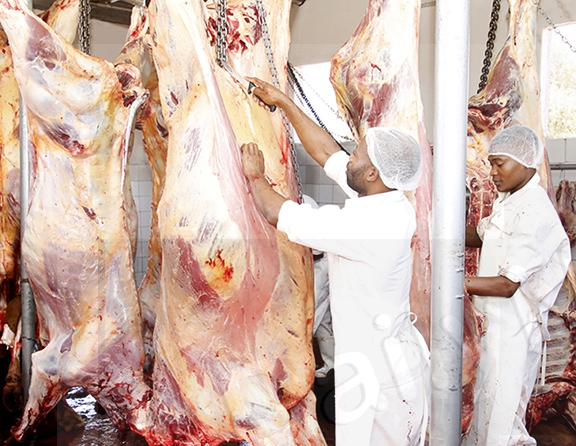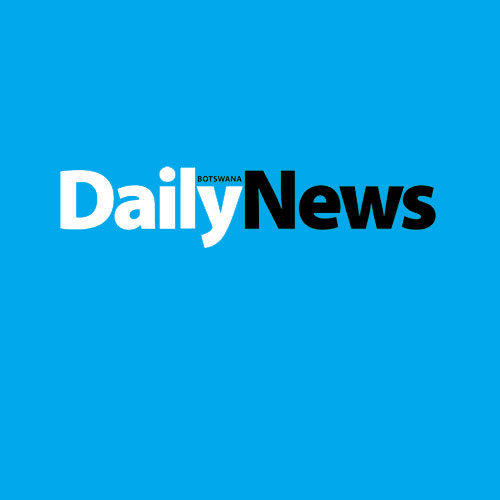BPC has one billing system two tariff structures
19 Mar 2024
Botswana Power Corporation (BPC) has only one billing system and two electricity tariff structures, which have been operating for years, Minister of Minerals and Energy, Mr Lefoko Moagi has told Parliament.
Responding to a question by Selebi Phikwe West MP, Mr Dithapelo Keorapetse, the minister noted that while the tariff structure for domestic, small business, government and water pumping had fixed and energy charges only, the structure for medium and large businesses had an additional component for maximum demand charge.
Mr Moagi said the latter was calculated based on the highest power demand required by a business during the billing period, representing the maximum power which a business drew from the system to run its operations. He said all the rates were reviewed annually and published on the BPC website.
Mr Moagi said that the rationale for maximum demand charge was for BPC to recover costs associated with providing the generation, transmission and distribution infrastructure required to meet the electrical power demand of the businesses, in addition to the electrical energy consumption. Additionally, the minister said the charge was applied according to categories, which were determined by the company’s load and supply voltage. He noted that businesses supplied at 11 000 volts were classified as large while those with a load of between 100 and 800 Amps supplied at 400 volts were classified as medium.
Furthermore, he said 126 companies out of a total of 253 in Selebi Phikwe were being charged through the maximum demand component.
He said that encouraged customers to manage their maximum power usage since the charge was directly proportional to the capacity drawn from the system. The minister said currently, companies on maximum demand charge were at a rate of 89.9thebe/kwh for medium businesses while large businesses were at 81.07thebe/kwh
Mr Moagi said that since these business categories required that the capacity applied for the electricity connection be availed, whether used or not, BPC had to invest in power infrastructure to meet the demand. In an endeavour to ensure the sustainability of the power sector, he said the corporation had to recover the cost of providing such infrastructure, its operation and maintenance.
He noted that the Electricity Supply (Licensing Regulations) Part II Section 6 (Charges for Supply of Electricity by Licencees) provided for charges by a licencee, which include among others, the energy consumed, the capital and recurrent expenditure of the licencee in furnishing the supply and uniformity or regularity of demand.
Mr Keorapetse had asked about maximum power demand billing, when it was conceived and implemented, as well as the rationale for the system and how it differed from existing BPC billing systems.
He had also wanted to know the type of companies billed using the system and the criteria used to apply it to manufacturing or other companies. In addition, the MP asked about the number of companies in Selebi Phikwe, which were affected by the maximum power demand system and how this affected manufacturing companies.
He wanted to know if the ministry would consider billing users, especially manufacturing companies, for the amount of power used as a incentive to lure domestic and foreign investors as a cost of production reduction measure. ENDS
Source : BOPA
Author : BOPA
Location : GABORONE -
Event : Parliament
Date : 19 Mar 2024



